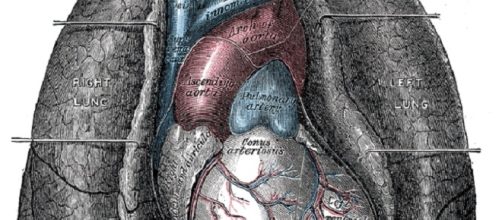ZME Science is reporting that researchers in Zurich, Switzerland have created an artificial heart 3D printed from silicon. The artificial heart is the same size as a natural heart and mimics its function. However, the world is a long way from having bionic hearts available. The artificial heart will, at best, serve as a bridge to keep patients alive while doctors look for a donor heart. In any case, 3D printing of natural hearts using the Stem Cells of the patient will likely be the application that helps to treat heart failure.
How the artificial heart works
The silicon 3D Printed artificial heart has a left ventricle and a right ventricle and a third chamber that inflates and deflates with air pressure. The current model had lasted for 3,000 beats of just 45 minutes before it began to wear out. Researchers hope to eventually build a model that will beat for several hours, long enough so that a transplant operation can take place in safety. In the far future, the heart could be vigorous enough to implant in a human being and used as a bionic device to keep the blood flowing. Because of the need for anti-rejection drugs and the problems of mechanical breakdown and maintaining a power source, bionic hearts would seem to be an imperfect solution.
3D grown natural hearts the holy grail of cardiovascular surgery
Other researchers are going down a different path toward being able to give everyone who needs a transplant a new heart. The idea is to use a patient’s stem cells to grow a new heart, using a scaffolding, which could then be implanted in a patient in exchange for his or her malfunctioning heart. No longer would patients have to wait anxiously for a suitable donor or, having received a new heart, take powerful anti-rejection drugs for the rest of his or her natural life. A 3D printed natural heart would be, genetically, just like the patient’s old heart, but new and undamaged. The technology, when it is finally developed and brought into a clinical setting, would significantly extend the lives of heart patients and enhance their quality of life.
Repairing old hearts
Stem cells are already envisioned as a way to repair old, damaged hearts. Some evidence exists that if one were to inject stem cells into damaged hearts, they become new tissue, repairing the damage and reinvigorating the old heart without having to entirely replace it. The procedure would be far less invasive than a heart transplant and would, in many cases, repair the damage wrought by a heart attack.


